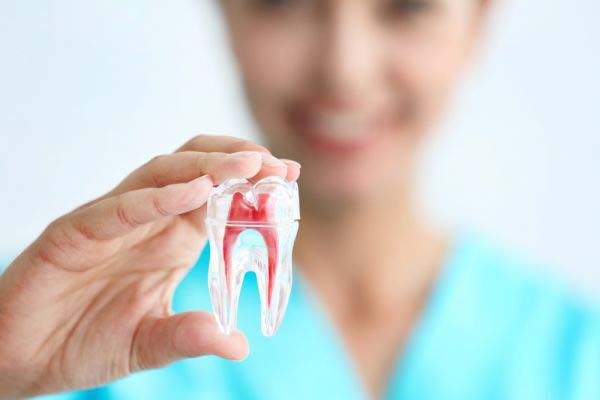Dental Inlays vs. Fillings: A Complete Guide

Dental inlays and fillings are both used to restore damaged teeth, but that is where the similarities end. If your tooth is decayed or cracked, your dentist will examine it and help you determine if you should get an inlay or filling. Learn more about the two procedures to understand how they differ.
Understanding inlays and fillings
Before choosing between fillings and inlays, patients are encouraged to examine both options. This makes it easier to choose between the two.
Dental fillings
Dental fillings are commonly used to restore teeth that have cavities. The dentist uses a laser or drill to remove the decay. Then, the dentist directly fills the empty space with a filling. Dental fillings can be made of porcelain, silver amalgam, composite resin and other materials. Once the tooth is filled, the patient can go home and resume normal activities. It only takes a single appointment to get a dental filling.
Dental inlays
Dental inlays are an indirect restoration. Instead of applying the restoration directly to the tooth in a single appointment, the dentist must prepare the tooth, make an impression and send it to a dental laboratory. The laboratory creates an inlay that is the size and shape of the empty space left behind after the damaged area is removed. While dental fillings are placed in a tooth, inlays are cemented in place. Inlays are made of dental composite or ceramic/porcelain and are very durable. The combination of the inlay material and the cement adds additional strength to the tooth.
Tooth strength with inlays and fillings
Strengthening the tooth is the goal of all dental restorations. Strong teeth are less likely to break and crack. Therefore, people have a reduced risk of needing future restorations.
When there is only a small amount of decay and the tooth’s structure is strong, a dental filling can work. However, fillings are not meant to be used when extensive restorations are needed. Fillings do not provide additional strength to teeth, so breakage is possible. Dental inlays strengthen the teeth by as much as 75 percent. This allows people to preserve their natural teeth, even when they have extensive decay or damage.
Durability of the restoration
People like their dental restorations to last. Composite fillings typically last for up to seven years. At that point, the patient will likely need to have the filling replaced. Silver anagram fillings can last for 12 years, but these fillings respond to changes in temperature. They might get bigger or smaller when the temperature changes, creating dental issues.
Inlays do not change size or shape based on temperature fluctuations and can last for up to 30 years. The length of time the restoration lasts depends on the skill of the dentist and laboratory, along with the amount of remaining tooth structure. Dentists can provide estimates for the length of time the restoration will last.
Choosing between fillings and inlays
If you are not sure if dental fillings or inlays are the right choice, talk to your dentist. Your dentist will examine your tooth and see which method is the right choice for you. If possible, your dentist will likely recommend an inlay since it strengthens the tooth and can last for decades.
Request an appointment here: https://drcalldental.com or call Dr. Call Dental Center at (706) 425-6240 for an appointment in our Dalton office.
Check out what others are saying about our services on Yelp: Read our Yelp reviews.
Related Posts
Dental bonding and dental crowns are two of the most commonly used restoratives for a damaged tooth. When a tooth becomes damaged, it is important to seek professional care as soon as possible. Doing so will allow them to provide one of the two restoratives before the damage worsens and requires more intensive treatment. Let…
Dental bonding can restore and reshape the appearance of a tooth. This composite resin material is tooth-colored and blends in naturally with the rest of the smile. Better yet, it can even last for years when cared for properly. Get the most out of dental bonding by following these tips to help it last.Dental bonding…
As dental technology advances, more patients are discovering the benefits of straightening teeth later in life. In recent years, adult braces have become increasingly popular due to their improvements in both comfort and aesthetics. Whether motivated by appearance, oral health, or improved bite function, adult patients can find personalized orthodontic treatment plans that align with…
Your dentist can suggest dental bonding to correct minor flaws in your teeth. These problems may be minor, but they can worsen over time. Treating them in a non-invasive way can help make your smile look healthy again. Here are the details on how dental bonding can give you your smile back.Dental bonding is a…


